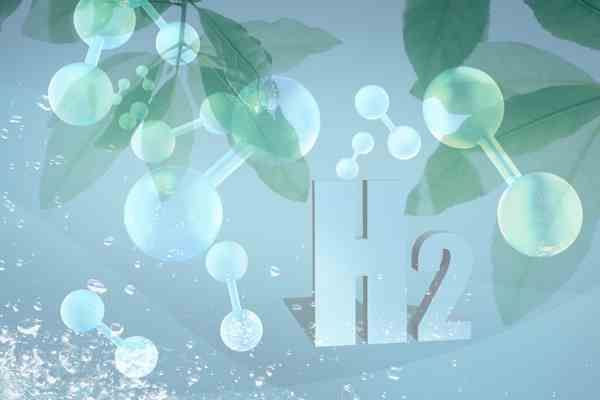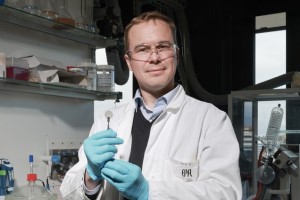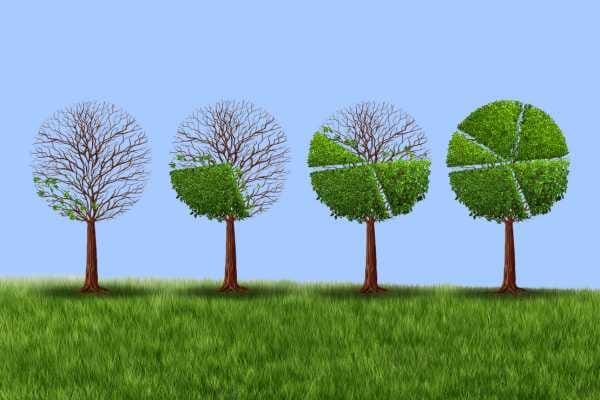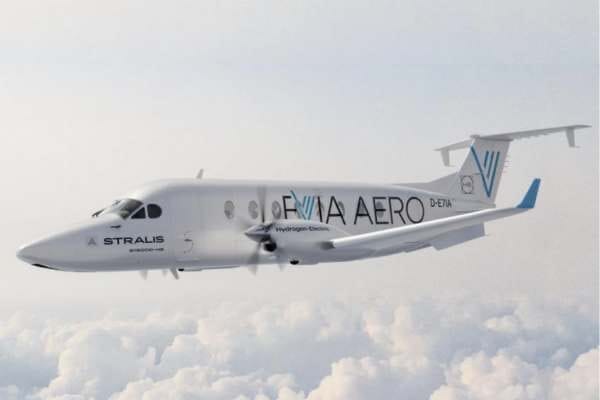This ‘leaf’ makes fuel from thin air
Researchers are developing a solar device that can pull fuel from the air that we breathe.

Instead of producing electricity, new solar panel tech can make clean hydrogen.
A team of European researchers and business partners are collaborating on a device that pulls fuel from the air in a project called Sun-to-X.
In February next year, the Sun-to-X team, which has attracted €3 million in funding, plans to demonstrate a prototype that can draw sunlight and humidity from the air and convert it into green hydrogen and oxygen.
Although it’s very early days for the tech, its creators say it offers huge future potential for off-grid operations such as transport and energy.
Currently, green hydrogen must be produced from water using renewable electricity, however researchers the world over have been seeking a way to produce hydrogen without electricity.
The Sun-to-X project team are making strides towards this goal, with one of these just published in the scientific journal Advanced Materials.
The paper outlines the latest invention from Sun-to-X consortium member, the Swiss Federal Institute of Technology Lausanne (EPFL) — a transparent gas diffusion electrode which can, like a leaf, absorb both sunlight and moisture from the air, enabling the production of hydrogen.
Until now, this type of solar tech required the semiconductors to be immersed in liquid. This latest invention instead pulls moisture from the air. This moisture enters electrochemical cells that look like solar panels, but instead of making electricity they produce hydrogen.
"For the first time, this allows a semiconductor to be coated and have a large surface area to interact with the humid air."

The new electrode has proved a success in the lab, although is not yet as efficient as cells immersed in liquid, so more work needs to be done, according to the EPFL team.
“Our work was inspired by the way a leaf works,” said the EPFL project lead, chemical engineer Kevin Sivula.
Plants are able to convert sunlight into chemical energy using carbon dioxide from air. According to Sivula, the new electrode also acts as an artificial leaf — when it is exposed to sunlight, it harvests water from the air to produce hydrogen gas.
This can then be used as a fuel or a chemical feed stock for a future energy system based fully on renewable energy.
Unlike previous electrodes which were opaque, the use of fine wafers of glass wool means the new electrode is porous and conductive, and importantly, transparent, bringing the tech a step closer to real world application, Sivula said.
“For the first time, this allows a semiconductor to be coated and have a large surface area to interact with the humid air.”
The team is developing a prototype that will also include a reactor that turns the hydrogen gas produced into a liquid fuel so it is easier to store and transport.
This prototype will go on display in France to inspire and encourage other researchers and financial backers to get involved in scaling-up the tech over the next decade.
The Sun-to-X consortium is led by Toyota Motor Europe and has nine partners from six different countries: HZB, LGI, Light Fuel, CEA, Differ, ENGIE, EPFL, and Hysilabs.
The project has received €3m funding from the European Union’s Horizon 2020 research and innovation program.
The tech
The goal of the Sun-to-X project is to first develop membrane photoelectrode assemblies that can operate with solar energy using only ambient humidity as the water supply. The next step is to develop reactors that will produce liquid fuel with the aim of demonstrating a decarbonised energy cycle to transition to a circular economy. Consortium member EPFL recently invented a transparent gas diffusion electrode which can, like a leaf, absorb both sunlight and moisture from the air using fine wafers of glass wool, enabling the production of hydrogen. For the first time, this allows a semiconductor to be coated and have a large surface area to interact with the humid air, according to EPFL.
Who funds it
The Sun-to-X consortium has nine partners from six countries and is being led by Toyota Motor Europe. The project received €3m funding from the European Union’s Horizon 2020 research and innovation program.
Is it ready to roll
Sun-to-X plans to demonstrate a small working prototype that can draw sunlight and humidity from the air and convert it into green hydrogen and oxygen in February next year in France.





